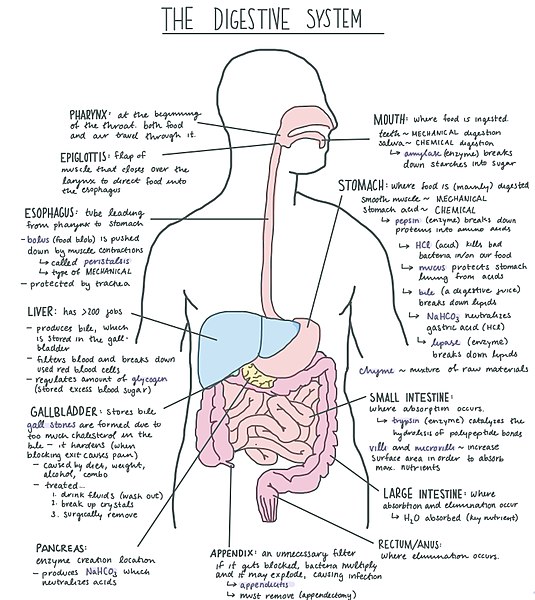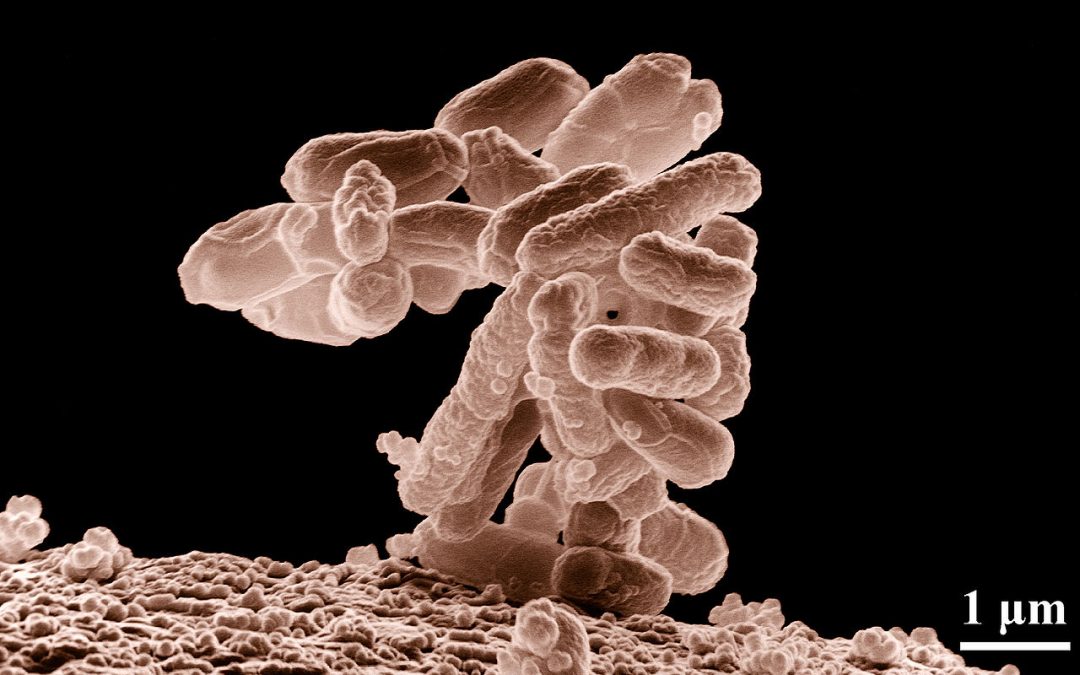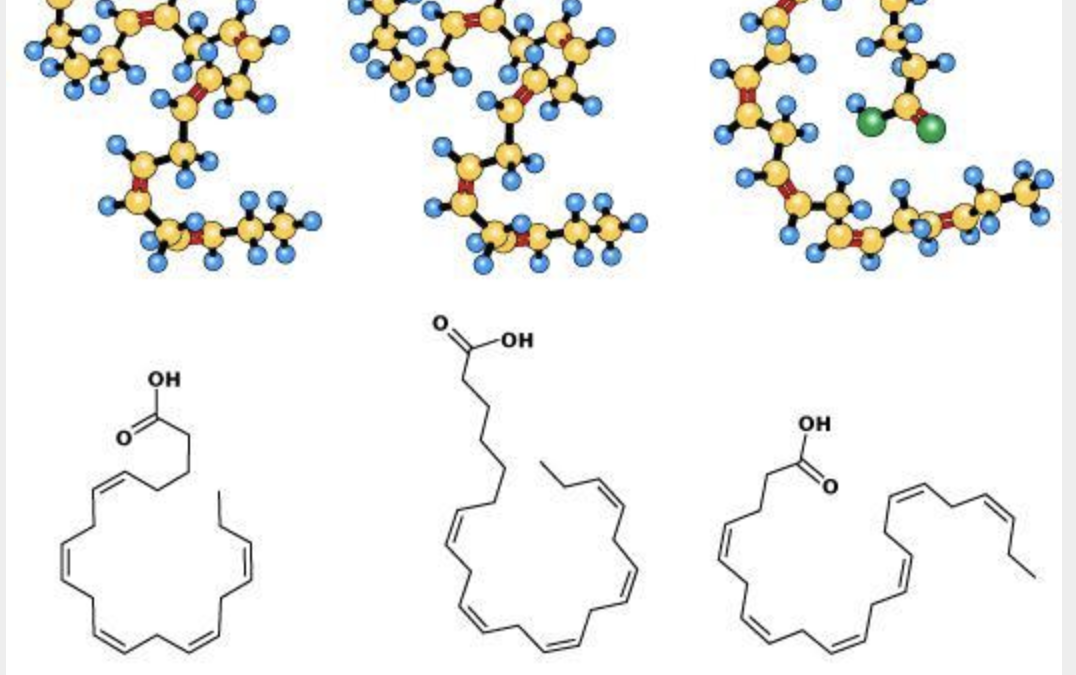
by Gill | Apr 9, 2019 | Health Conditions, Most Recent, Natural Facts
Have you ever been extremely tired and then all of a sudden felt a burst of energy? More than likely, the sudden burst was due to the release of adrenaline and cortisol from your adrenal glands, a pair of glands that lie on top of each kidney. If you have...

by Gill | Mar 27, 2019 | Digestion, Most Recent, Natural Facts
A Food is supposed to nourish and heal us, but sometimes food is the problem. In particular, many people suffer from food intolerances or allergies that can produce not only digestive issues like gas, bloating and loose stools, but also set the stage for more...

by Gill | Mar 19, 2019 | Most Recent, Natural Facts
Introduction Small intestinal bacterial overgrowth (SIBO) may seem like a new condition, but I first wrote about it over 35 years ago. At the time, in the early 1980s, there was a lot of focus on the overgrowth of Candida albicans in the intestinal tract as a factor...

by Gill | Mar 13, 2019 | Most Recent, Natural Facts
Introduction Glutamine is the most abundant amino acid (the building block units of protein) in the body and is involved in more metabolic processes than any other amino acid. Glutamine is especially important in serving as a source of fuel for cells lining...

by Gill | Mar 4, 2019 | Health Conditions, Most Recent, Natural Facts
T Introduction Much of the research and attention on fish oils has focused on the omega-3 fatty acids eicosapentaenoic acid (EPA, C20:5n3) and docosahexaenoic acid (DHA, C22:6n3), but a burgeoning body of new science is now indicating that the third most...








